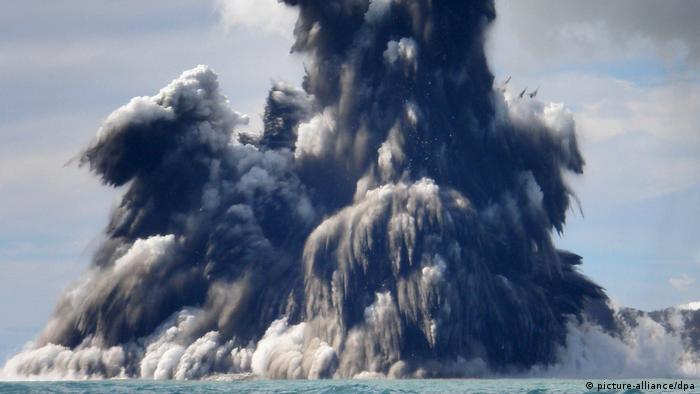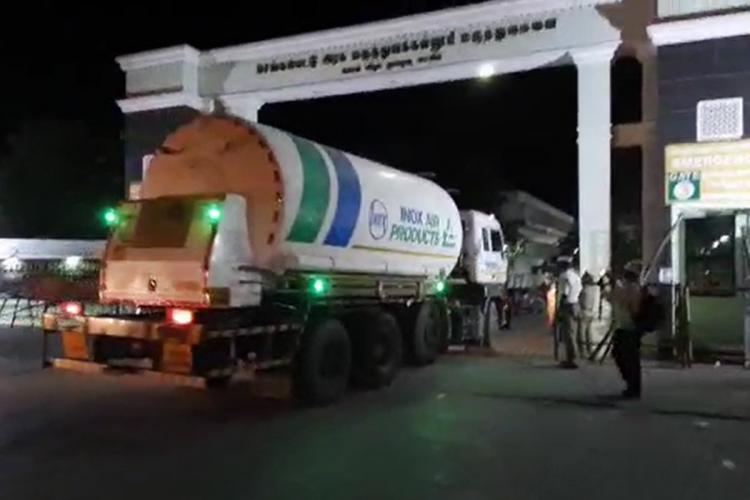A massive volcanic eruption at a height of at least 20 km in Tonga that triggered tsunami waves around the Pacific caused “significant damage” to the island nation’s capital and smothered it in dust, but the full extent was not apparent with communications still cut off on Sunday.
The eruption on Saturday was so powerful it was recorded around the world, triggering a tsunami that flooded Pacific coastlines from Japan to the United States.
The capital Nuku’alofa suffered “significant” damage, New Zealand Prime Minister Jacinda Ardern said, adding there had been no reports of injury or death but a full assessment was not yet possible with communication lines down.
“The tsunami has had a significant impact on the foreshore on the northern side of Nuku’alofa with boats and large boulders washed ashore,” Ardern said after contact with the New Zealand embassy in Tonga.
“Nuku’alofa is covered in a thick film of volcanic dust but otherwise conditions are calm and stable.”
Tonga was in need of water supplies, she said: “The ash cloud has caused contamination.”
There has been no word on damage in the outer islands and New Zealand will send an air force reconnaissance aircraft “as soon as atmospheric conditions allow,” the NZ Defence Force tweeted.
Indian metrology officials pointed that, as the temperature altered in the sea, there might be changes in the rainfall prediction in the future.
“As the volcano erupted at a height of at least 20 km when it erupted a pressure occurred in the atmosphere which created a shock wave in the Pacific Ocean across the country. All barometers captured the shock wave for a few minutes caused by the Tonga volcano eruption.
Even the barometer in Chennai recorded the shock wave around 8.15 pm at Meenambakkam on Saturday,” said N Puviarasan, Director, Area Cyclone Warning Centre, Regional Meteorological Center (RMC).
The shock wave occurred only in the atmosphere and no vibration in the land, so there won’t be any chance for the earthquake.
However, it has affected the atmosphere; it has altered the temperature of the Pacific Ocean, which would create a change in predicting rainfall in the future.
“One of the factors of predicting heavy or excess rains during rainy seasons is based on the sea surface temperature on the Pacific Ocean. Now, that there is a temperature change in the sea, everything will change drastically in the future,” said the official.
This will be further monitored through satellite by Australia and they would note how much temperature has been altered, what will be impacted later across the country.









